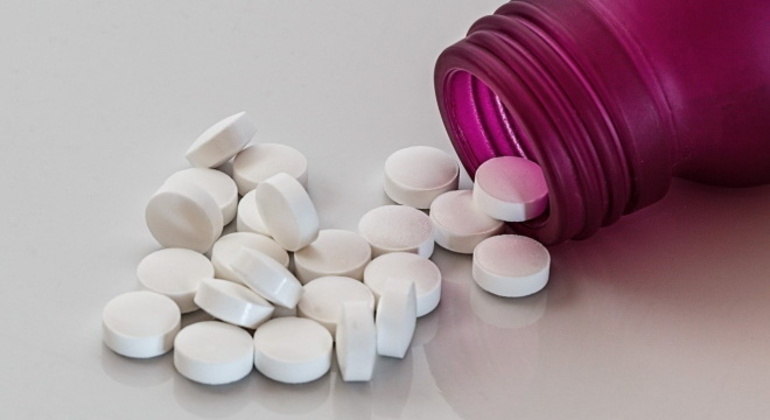A study published in the scientific journal BMJ Open Diabetes Research & Care found that an older class of type 2 diabetes medications known as glitazones or TZDs (thiazolidinediones) reduced the risk of dementia in patients at high risk of developing diabetes by 22%. Mild or moderate.
The research took into account that patients with dementia and type 2 diabetes have some similar physiological patterns, so they continued to analyze whether diabetes medications could also help prevent or treat dementia, as there are no consistent data on this topic.
The method used by the scientists compared the risk of dementia in older adults who were at least 60 years old, diagnosed with type 2 diabetes and treated with a sulfonylurea or TZD, with volunteers who received only metformin (another antidiabetic).
These findings may help inform patients about drug choice [mais velhos] with [diabetes tipo 2] “They are at high risk of developing dementia,” the researchers said in a statement.
In total, the researchers used the electronic health records, taken from the National Veterans Affairs Health System, of 559,106 people with type 2 diabetes between January 2001 and December 2017.
After at least one year of drug therapy with TZD alone, patients had a 22% lower risk of developing dementia from any cause, compared to those using metformin alone.
In more detail, thiazolidinediones reduced the chance of developing Alzheimer’s disease by 11% and the risk of developing vascular dementia by 57%. The study also indicates that vascular disease increases the risk of Alzheimer’s disease, so TZDs have positive effects on the vascular system from the moment they help prevent the condition.
TZD combined with metformin reduced the risk of dementia from any cause by 11%, while using a sulfonylurea alone increased this risk by 12%. Therefore, the scientists concluded that adding a sulfonylurea with metformin or TZD could counterbalance these effects.
The study also found that patients who benefited most from thiazolidinediones were those under the age of 75, making it even more important to prevent dementia early. The drug also had a greater protective effect in people who were overweight or obese.
The study is observational – without definitive conclusions about cause and effect – because the scientists did not have some information, such as kidney function and genetic factors for each patient, and the participants were mostly white men.
However, the findings support and encourage further research on this topic and the creation of ways to reuse type 2 diabetes medications to prevent dementia by prioritizing TZDs, for example.
Looking at and smelling good food can actually increase the risk of developing diabetes; understand

“Wannabe internet buff. Future teen idol. Hardcore zombie guru. Gamer. Avid creator. Entrepreneur. Bacon ninja.”

